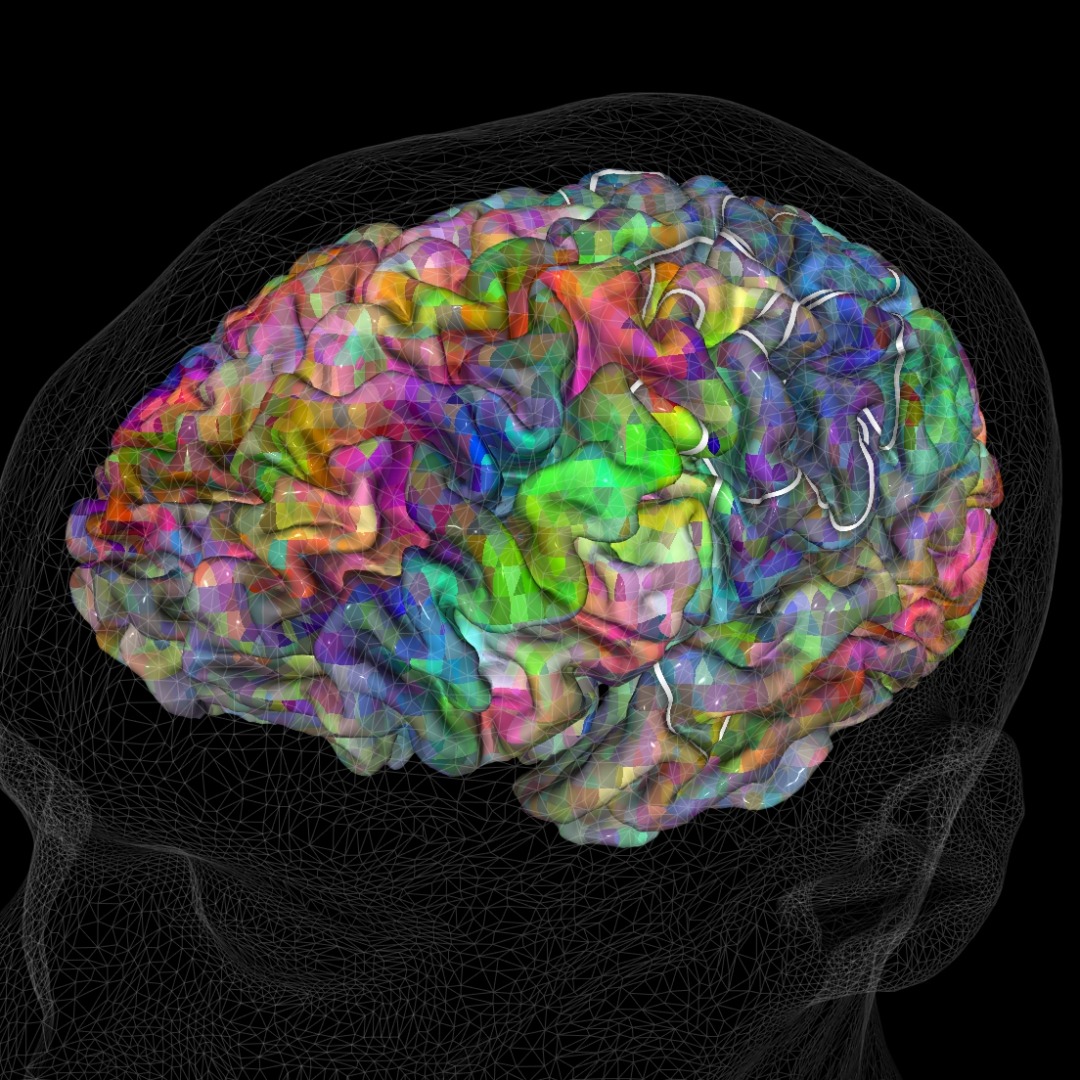The rapid integration of technology, particularly AI and GPT models, into our daily lives is reshaping our perception of reality.
The human neocortex, our cognitive command center, enables us to interact with these technologies, blurring the lines between tangible reality and the digital world. As we explore augmented and virtual realities, our brain’s adaptability allows us to accept these digital stimuli as part of our consciousness. Further advancements such as direct neocortical stimulation via implantable technology like Neuralink amplify this integration, bypassing traditional sensory pathways. In this neodigital era, it is crucial that we balance the adoption of emerging technologies with the preservation of our human experience. As our reality becomes more simulated, the neocortex serves as our anchor, guiding us through the evolving digital landscape and helping us maintain our individuality and authenticity.
In our ever-evolving neodigital world, the delicate interweaving of the human neocortex with proliferating technologies molds our perception of and engagement with reality. As we traverse the domains of augmented reality, virtual reality, artificial intelligence, and the capabilities of generative pre-trained transformers, our cognitive mechanisms are progressively modified and nuanced, blurring the demarcation between tangible reality and the digital frontier. This philosophical voyage invites —perhaps even begs — exploration of the influence of technology on our neodigital reality, with almost limbic urgency.
The Neocortex: The Interface of Perception
The neocortex stands as our cognitive nucleus, our brain’s central command that empowers us to perceive, comprehend, and interact with our surrounding environment. As we wade deeper into the waters of technology, this exceptional CPU serves as both an access point and an arbitrator in our engagement with an increasingly simulated reality. The neocortex, characterized by its intricate networks and astounding plasticity, adapts to a flood of digital stimuli, integrating them seamlessly into our experiential consciousness.
Immersive Realities, AI, and the Fluidity of Perception
Within our neodigital landscape, immersive realities like AR and VR, in combination with AI, pioneer access to alternative or even replacement dimensions. The symbiosis of technology and the neocortex enables our perception to surpass physical boundaries, immersing us in an ocean of simulation. These interactions not only challenge our traditional understanding of perception but raise profound questions about the fluidity of reality and the impending confluence of physical and virtual realms. In this context, AI and GPT play a crucial role in creating more immersive and nuanced experiences, constantly redefining the extent to which our reality can be simulated.
Social Media and GPT: The Loom of Perception
In the neodigital epoch, social media has evolved into a vibrant loom of narratives, experiences, and relationships, accentuated by the introduction of GPT models. Our neocortical activity intertwines with digital platforms, shaping and reshaping our perception of self and society. As GPT enables the generation of more personalized and realistic content, it enhances our digital interactions, further complicating the dichotomy between authenticity and artificiality. It’s a path of wonder and fear that has been set in motion with only an occasional tape on the brakes.
Direct Neocortical Stimulation
A significant leap in our neodigital voyage is the advent of direct neocortical stimulation through implantable technology, such as Neuralink. These devices interface directly with the brain, bypassing the traditional sensory and motor pathways and enabling direct stimulation. This technology further blurs the boundaries between physical reality and digital experiences, potentially introducing a new level of depth to our perception and understanding of the world.
This evolution necessitates an extension of our philosophical and technological discussion. By stimulating the neocortex directly, implantable technology fundamentally may alter our cognitive processing. We no longer merely interpret digital stimuli through the filter of our sensory organs; we now experience these stimuli as intrinsic parts of our conscious perception. This fundamental shift challenges our traditional understanding of reality, as our experiences are no longer solely dependent on our physical interaction with the world but are also shaped by digitally mediated neural experiences.
Towards an Integrated Existence
As we traverse the neodigital expanse, we must strive for a synergistic integration of the human neocortex with technology. The adoption of emerging technologies such as AR, VR, AI, and GPT, while maintaining our grounded human consciousness, helps transcend the limitations posed by an increasingly simulated reality. This symbiotic relationship paves the way to a more holistic existence that appreciates the transformative power of technology without compromising on the essence of our human experience.
The Neocortical Anchor to Reality
In the neodigital era, the influence of technology on our perception of reality is indisputable. Recognizing the pivotal role of the neocortex and engaging with technology, we can traverse the simulated landscapes with both wisdom and discernment. Our neocortex becomes an indispensable ally, guiding us through the immersive realities and intricacies of AI and GPT-generated narratives, helping us to preserve our individuality, authenticity, and our connection to the quintessence of humanity.



Leave your comments
Post comment as a guest